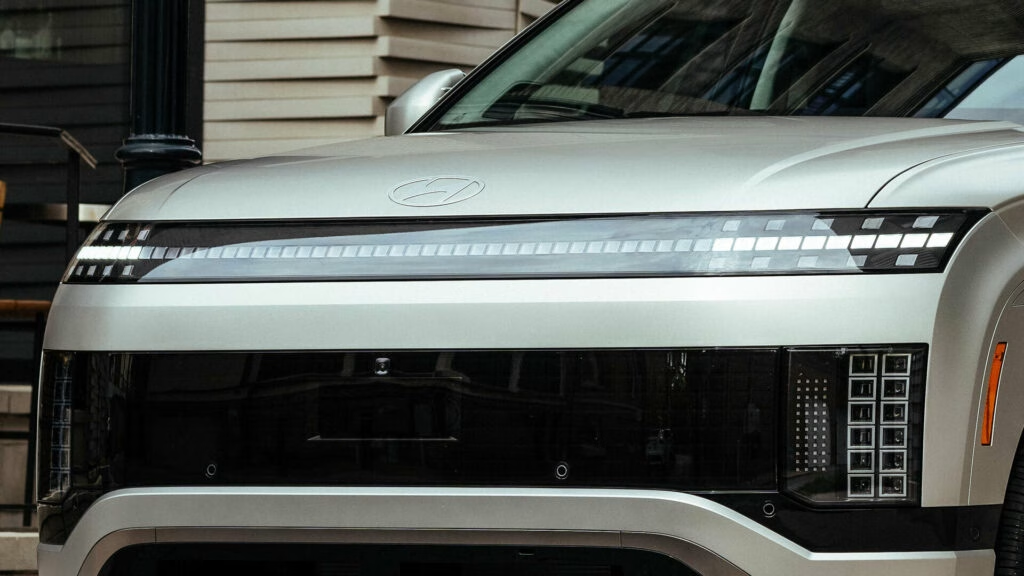What’s Driving Hyundai’s Surging EV Sales Right Now?
Hyundai’s electric vehicle sales have absolutely exploded—up a staggering 72% year-over-year in August. That’s not a fluke. The main driver? A rush of buyers eager to lock in the federal clean vehicle tax credit before it disappears at the end of September. This looming deadline has sent shoppers scrambling, pushing models like the Ioniq 5 and Ioniq 6 to record highs. The Ioniq 5 alone saw a 61% jump, moving 7,773 units in a single month, while the Ioniq 6 climbed 30% to 1,047 units. Even the brand-new Ioniq 9, a fresh face in the lineup, found over a thousand new homes.
But it’s not just about incentives. Hyundai’s EVs have been steadily earning praise for their bold design, competitive range, and tech-forward cabins. The Ioniq 5, for instance, has won multiple awards for its blend of retro style and cutting-edge features. Factor in Hyundai’s aggressive pricing and warranty, and you’ve got a recipe that’s hard for buyers to ignore—especially when there’s money on the table.
How Does Hyundai’s EV Growth Compare to the Rest of the Market?
Hyundai’s numbers are eye-popping, but they’re not alone. General Motors also reported record EV sales in August, with many automakers seeing a similar pre-tax-credit surge. According to data from the Alliance for Automotive Innovation, U.S. EV sales hit a record 8.6% of new vehicle sales in Q2 2025, up from 7.2% a year ago. Hyundai’s 72% jump, though, outpaces the broader market and signals that their EV strategy is resonating with mainstream buyers—not just early adopters.
It’s worth noting that Hyundai’s success isn’t limited to electric models. The company set an all-time August sales record in the U.S., moving 88,523 vehicles—a 12% bump from last year. That’s a sign of a brand firing on all cylinders, not just riding the EV wave.
Which Hyundai Models Are Leading the Charge—and Why?
Let’s break down the standouts. The Ioniq 5 is the clear superstar, but the Ioniq 6’s 30% growth is nothing to sneeze at, especially for a sedan in an SUV-crazed market. The new Ioniq 9, meanwhile, is already making waves despite being a recent addition.
On the gas-powered side, the Palisade is a revelation. Sales jumped 39% to 15,560 units in August, thanks in part to a bold redesign and a more upscale interior. The Palisade’s new look—boxy, confident, and unmistakably premium—has struck a chord with families looking for three-row comfort without the luxury badge price tag. The mainstream V6 model delivers 287 horsepower, while the new hybrid variant offers a punchy 329 hp and up to 34 mpg, making it one of the most efficient large SUVs on the market.
Hyundai’s hybrid lineup is also quietly gaining ground. The Elantra Hybrid and Santa Fe Hybrid both set August sales records, reflecting a growing appetite for fuel-sipping alternatives that don’t require a plug.
Will Hyundai’s Momentum Last After the Tax Credit Expires?
Here’s where things get interesting. The clean vehicle tax credit has undeniably juiced demand, and Hyundai’s own CEO, Randy Parker, admits that the current pace may not be sustainable once the incentive vanishes. Industry analysts agree: post-incentive, EV sales often see a dip as the price gap with gas vehicles widens again. In fact, after similar credits expired in other markets, sales dropped by as much as 30% in the following months.
But Hyundai isn’t standing still. The brand is investing heavily in U.S. manufacturing to qualify more models for future incentives and reduce supply chain headaches. They’re also doubling down on hybrids and plug-in hybrids, offering a bridge for buyers not quite ready to go fully electric.
What Do the Latest Sales Numbers Reveal About Hyundai’s Strategy?
A closer look at the August 2025 sales table tells a nuanced story. While EVs and hybrids are surging, some traditional models like the Sonata and Santa Cruz are slipping. The Kona, despite a 16% monthly gain, is down 10% year-to-date. Meanwhile, the Tucson remains Hyundai’s best-seller, with nearly 18,000 units in August, though it dipped 14% compared to last year.
This mix suggests Hyundai is successfully pivoting toward electrification without abandoning its core lineup. The company’s willingness to experiment—launching new models like the Ioniq 9 and hybrid Palisade—shows a nimbleness that’s rare among legacy automakers.
How Are Real Buyers Responding to Hyundai’s New Offerings?
Talk to recent Hyundai buyers and a few themes pop up. Many cite the brand’s value proposition: more tech, more warranty, and more style for the money. The Palisade’s interior, for example, is drawing comparisons to luxury SUVs costing $10,000 more. EV shoppers, meanwhile, appreciate the Ioniq 5’s fast charging and roomy cabin, with some saying it “feels like the future, but without the Tesla price tag.”
There’s also a sense of urgency. Several buyers mentioned pulling the trigger sooner than planned to lock in the tax credit, echoing a broader trend across the industry.
What’s Next for Hyundai as the Market Shifts?
The next few months will be a stress test for Hyundai’s EV strategy. With the tax credit ending, the company will need to lean on its growing hybrid lineup, continued product innovation, and U.S. manufacturing investments to keep momentum going. Expect more focus on affordability, as price-sensitive buyers become the next frontier for EV adoption.
The big takeaway? Hyundai’s recent surge isn’t about perfection—it’s about smarter adjustments. Start with one change this week, and you’ll likely spot the difference by month’s end. Whether you’re eyeing an EV, a hybrid, or a family SUV, Hyundai’s story is proof that bold moves—and a little timing—can make all the difference.

